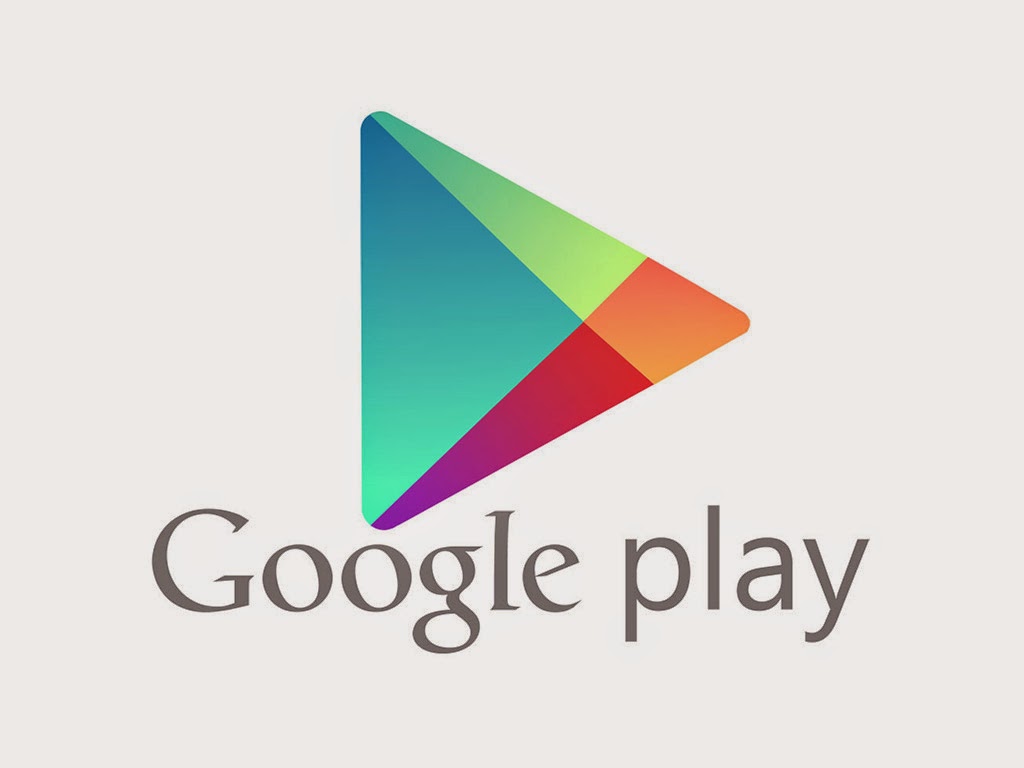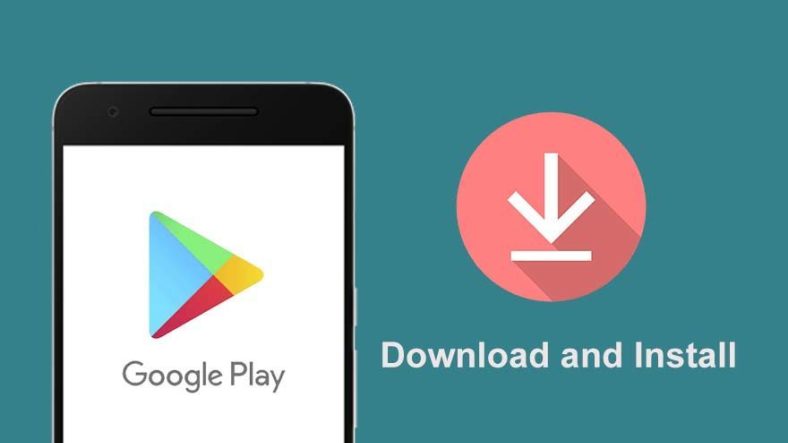




We know that for a device to have access to Google Play, it needs to be Google Play Protect certified, which means the manufacturer has validated that the device meets a certain degree of security before selling it to the end-user. While Google maintains a searchable list of Android and Chrome OS devices that are compatible with Google Play-frankly, most Android devices you can buy from any large manufacturer are compatible-the requirements for running the service are not made perfectly clear to the end-user. Still, there are ways to get around this limitation. This practice has led to confusion about unnecessary security warnings or apps being removed from users' devices without warning.Ĭompatibility is a complicated issue-on the one hand, if your phone does not have Google Play pre-installed, chances are it is not compatible. While Google Play Protect sounds good in theory, the app's ability to scan all the apps on your device-not just those downloaded from Google Play itself-brings up concerns about abuse and privacy for some users. Play Protect will warn you if it finds an app with misleading or dangerous data collection policies. If any unsecured apps are detected when Google Play Protect scans your device, Play Protect will warn you about the threat or even automatically remove the app if the danger is severe enough.Īside from automatically protecting your device and information from malware, Google Play Protect also ensures that app developers are upfront and honest about their data collection and privacy policies. By default, Google Play Protect will keep your device safe by scanning apps before downloading them and occasionally scanning apps already installed on your device to ensure they are not infected with any known malware or security vulnerabilities.


 0 kommentar(er)
0 kommentar(er)
